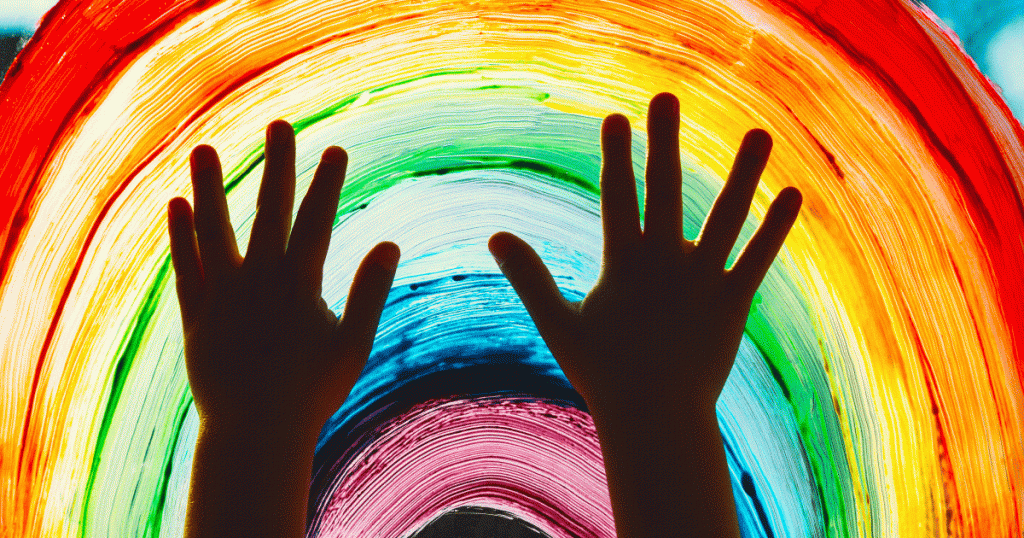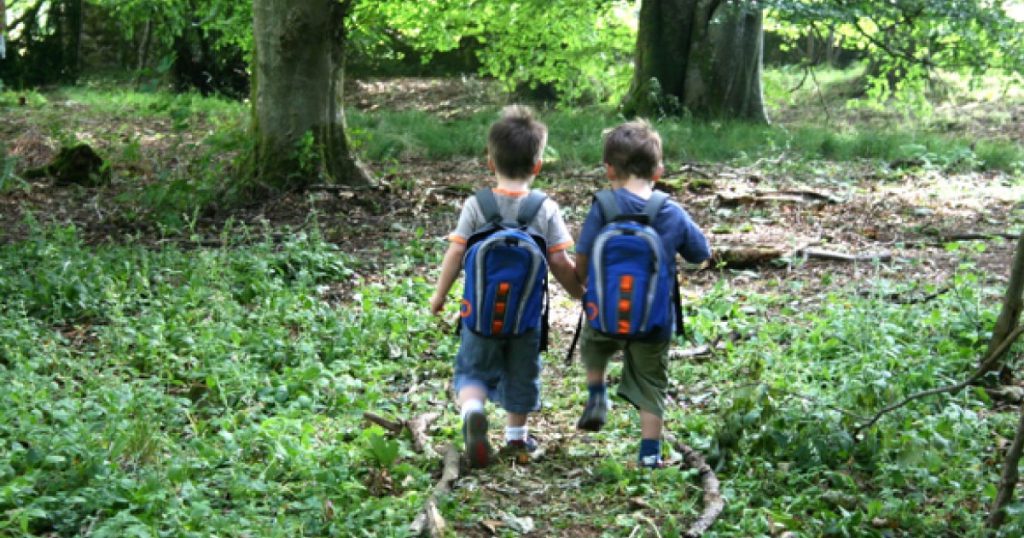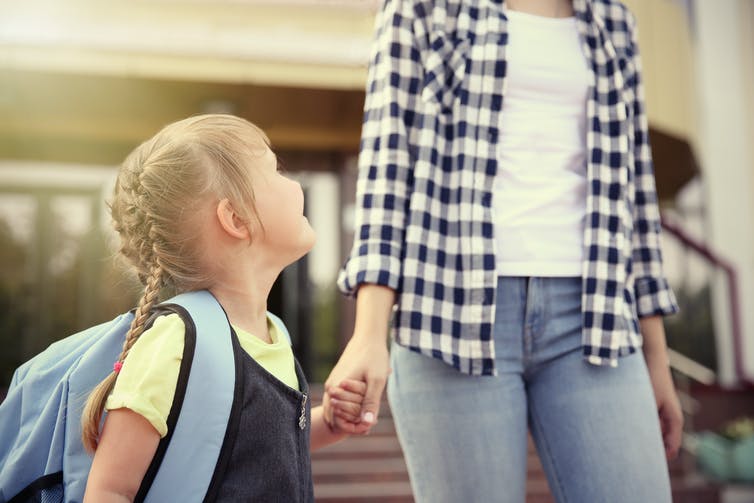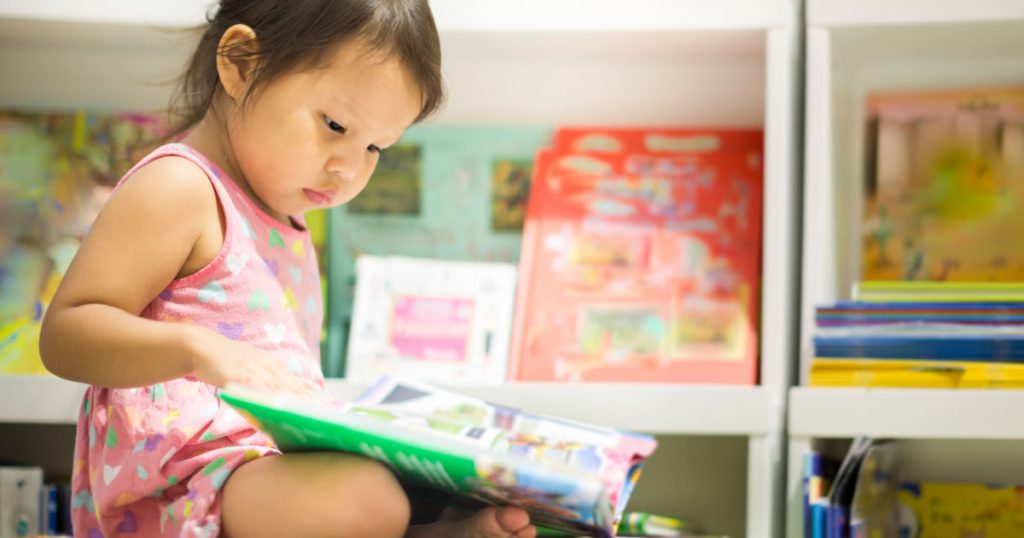Michelle Carrick shares some of her experiences and observations of being an early childhood teacher for over 20 years. The focus in this piece is on research that underlines the importance of play and imagination as being critical components to overall academic success.

I had the opportunity while studying Applied Imagination to reexamine my relationship with creativity and the arts. What I have learnt is that, as an early childhood professional time to practice and nurture this potential within myself will benefit the children I teach.
Imagination, coupled with arts education, creates possibilities for self-expression and the development of higher-order thinking; for example, imaginative play provides a means of ordering information. In early childhood development, this is a fundamental skill, which helps children make meaning of the world (Ganis & Paterson, 2011). I increasingly observe a one-dimensional view of education (outside the early childhood sector), where ideals of success are linked to academic achievement and play is misunderstood as frivolous. For this reason, the focus of my article is on research that underlines the importance of play and imagination as being critical components to overall academic success. An important element is the role of educator in providing opportunities where intent and abundant possibilities communicate with the child’s sense of curiosity and spirit (Pelo, 2017).
As an early childhood professional I believe it important to realise that imaginative play is essential for the development of a child’s cognitive ability. Maxine Greene (2012, cited in Jefferson & Anderson, 2017, p. 81) metaphorically states, ‘without imagination you live in a small room with the windows closed. Imagination opens the windows and shows us landscapes, horizons that we would not otherwise perceive’. This image instills a sense of joy within me as I remember the freedom experienced during an imaginative and playful childhood of my own. Children bring to imaginative play their individual dispositions and realities in order to bring concepts to life (Gidley, 2016); for example, a child’s role-play after the birth of a sibling provides the necessary environment in which they can express feelings and make sense of their new reality. Imagination invites children to explore possibilities and enables the expression of feeling and emotion. According to Vygotsky (1987, as cited in Fleer, 2001, p. 228), ‘imagination is a necessary, integral aspect of realistic thinking’. In other words imagination is critical to the holistic learning experience, which connects the mind and body to support the development of critical thinking and higher levels of reasoning (Gidley, 2016).
I sense that an increasing expectation for early academic achievement from families, schools and society means that as educators we have an important role in advocating for the importance of play and imagination to children’s overall learning, development and emotional wellbeing.
Recently I have observed an increase in ‘prep’ rooms and the standardising of children’s learning where teachers are adopting academic practices into the early childhood context at the expense of play, as Fleer had predicted in her 2011 research. In line with an academic approach and its focus on predictable order, the use of worksheets and inflexible routines puts children’s cognitive ability at risk of being impeded, as this way of thinking fails to realise the heart of pedagogy that incites a joy of learning (Pryer, 2011, p. 41). The agency of early childhood practitioners has potential to transform current perceptions of education, and I believe we can do this if we approach our teaching practices with a sense to imbue life and passion through imagination and curiosity.
Imaginative play is a social pursuit. Children embody their lived experience within social and cultural contexts. Children ‘move in and out of imaginary situations … and real contexts’ using their environment, peers and educators to scaffold learning and bring meaning to life (Fleer 2014, p. 122). Collaborative participation in a sociocultural context creates mutual zones of proximal development, where intellect and emotions come together to form a unified whole that extends learning capabilities (Vygotsky, 1978, as cited in Jefferson & Anderson, 2017). Vygotsky believed that, ‘in imaginative play children behave beyond their age’ (cited in Bodrova, 2008, p. 360). In other words, children use complex thought processes as they move between their internal and external worlds while interacting with the environment, peer groups or educators. In fact, children will learn best when they are not ‘enacting the story’ but ‘really living in it’ (El’koninova, 2002, as cited in Fleer, 2013, p. 127), particularly where a supportive teacher is in tune with the child’s individual way of learning.
In this instance I see the importance in my role as teacher being instrumental in encouraging children to persist in exploring imagination and creativity in a variety of ways through the arts. It involves being on the periphery and using attentive listening and intention to scaffold children’s learning in exploring their imagination to develop creativity (Kolbe, 2014). I also understand that to allow myself time to practice creativity by picking up a paint brush, creating a garden, learning to play an instrument or to take a dance class will nurture my ability as a teacher to see things from different perspectives.
If arts education is essential for children to experience a holistic approach to learning and development, it is necessary that a broad curriculum that values imagination and creativity be implemented in early childhood education. Alternatively, children will experience a standardised view of education that is linear, which will progressively educate children out of creativity and stifle possibilities for academic success (Robinson, 2006). Greene (2007) argues, ‘the arts have the greatest potential for stimulating and releasing imagination … when we encounter a great work of art … our way of seeing the world widens’ (p. 2). Kolbe (2001), states that ‘learning to see with all the senses is a starting point for making images’ (p. 8). Not only will children begin to categorise these images based on aesthetic differentiation, but also cognitive thought processes of memory and imagination will form patterns between the images to support the development of lateral thinking (Ganis & Patterson, 2011).
The educational philosophy of Reggio Emilia poetically phrases ‘the hundred languages of children’ which expresses a child’s capacity to explore their imagination through many creative ways, including visual arts, music, imaginative play, drama and language, as a means to represent their thoughts and bring their ideas to life (Millikan, 2010, p. 17). Robinson (2013) states that the arts ‘speak to parts of children’s being which are otherwise untouched’, specifically the child’s emotional and feeling self that is necessary for development of the ‘whole’ child.
Imagination excites children’s curiosity and passion for learning. It enables learning to happen, as the mind opens up to new possibilities. This supports the development of lateral thinking and problem-solving skills that are necessary for academic success. It is for this reason that arts education is essential for a holistic curriculum that encourages self-expression, uniting the body and mind to transform learning for children. Imaginative play enables children to make meaning of their lived experiences and to deepen their understanding of concepts through embodied knowledge. When children have a responsive educator, the mutual zone of proximal development supports an authentic experience of learning within a sociocultural context—where interaction with the environment, peers and educators enables ideas and knowledge to be realised.
ECA Recommends
 Supporting brain development
Supporting brain development
Everyday Learning Series title
By Martin Westwell
Decades of research in the brain sciences have provided evidence that, to a large extent, reinforce what carers have known for generations, such as the importance of exercise, nutrition, sleep and a close, loving connection. Neuroscience has also helped provide some insights into other aspects of child brain development, revealing how environments and experiences can shape the way children think, behave and develop. Supporting brain development takes some of these ideas further by investigating ‘neuromyths’ and the differences between toxic and healthy stress; some of the reasons why caring relationships are so important for the development of children’s brains; and the ways in which play can be turned into intentional play-based learning. Purchase your copy on the ECA Shop here.



